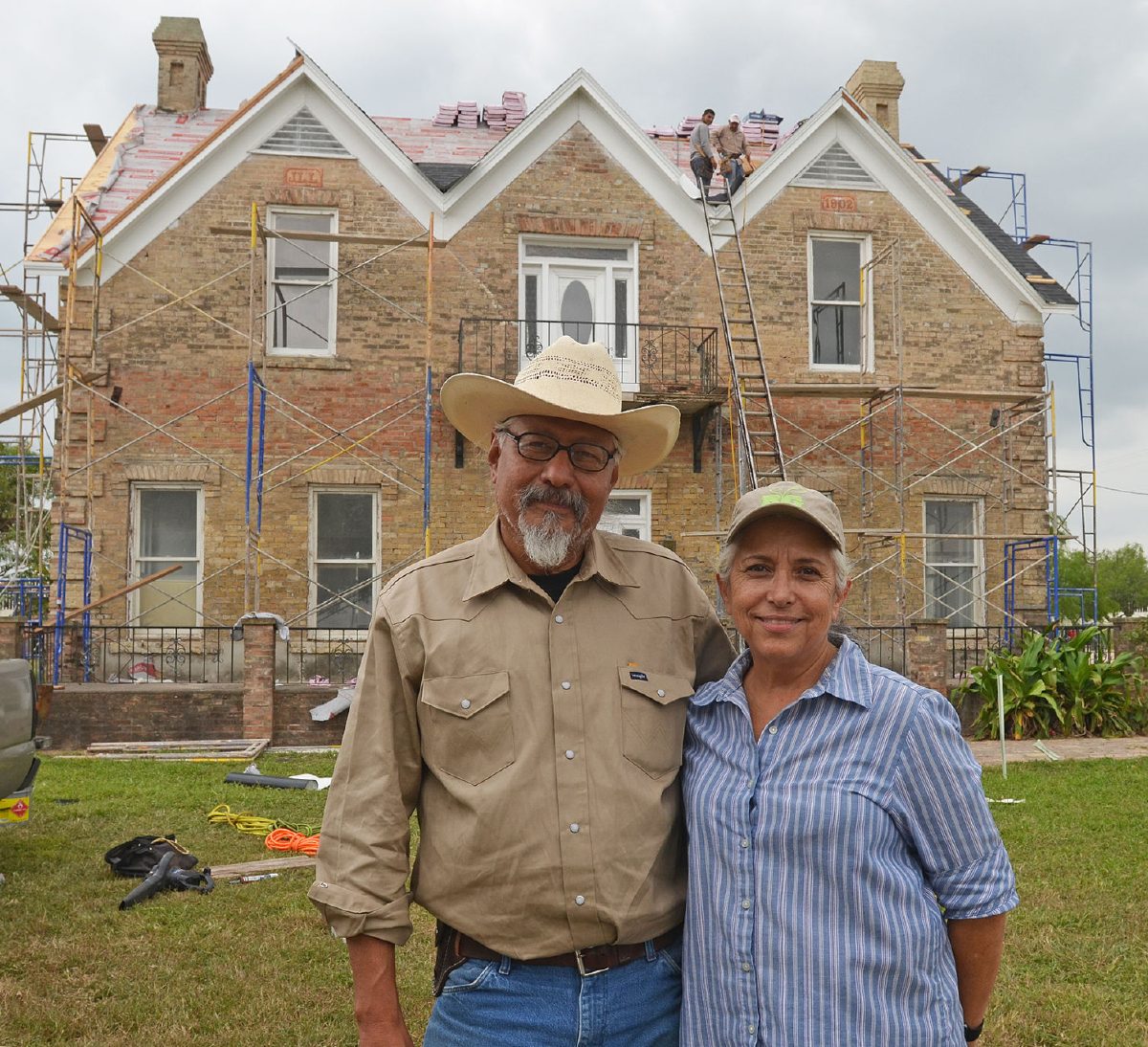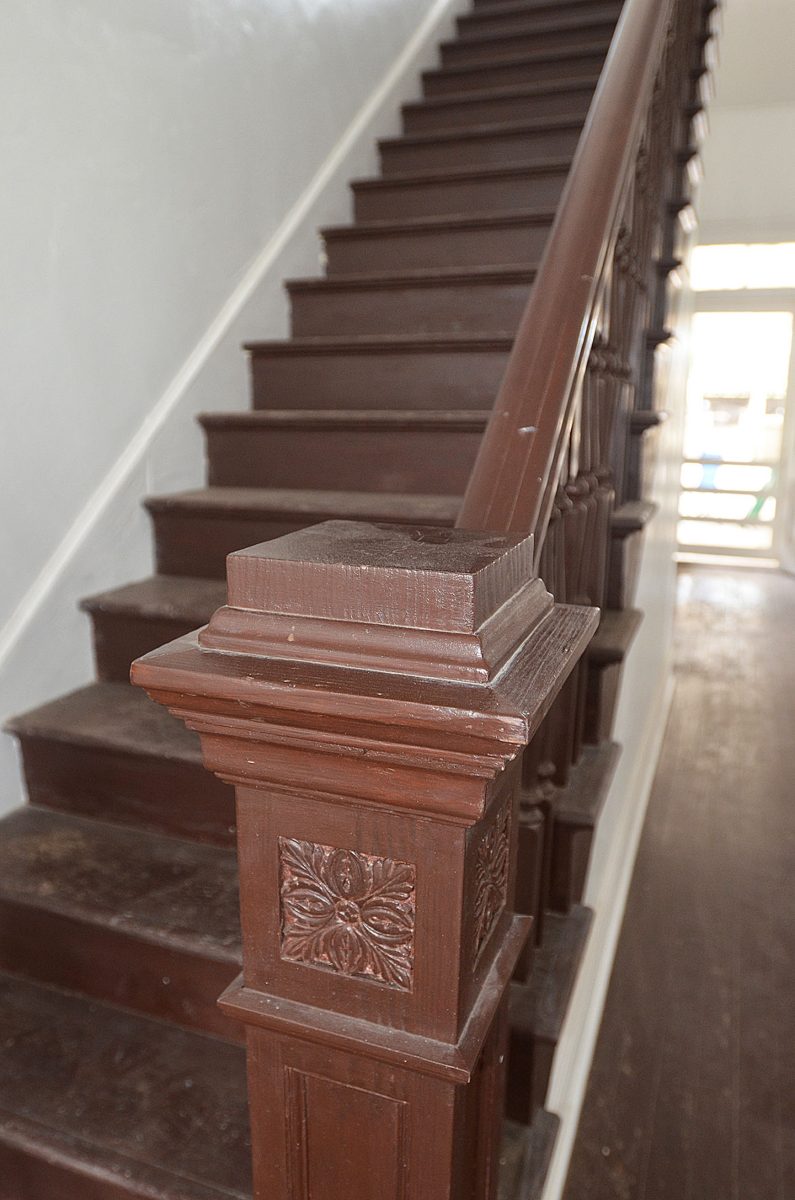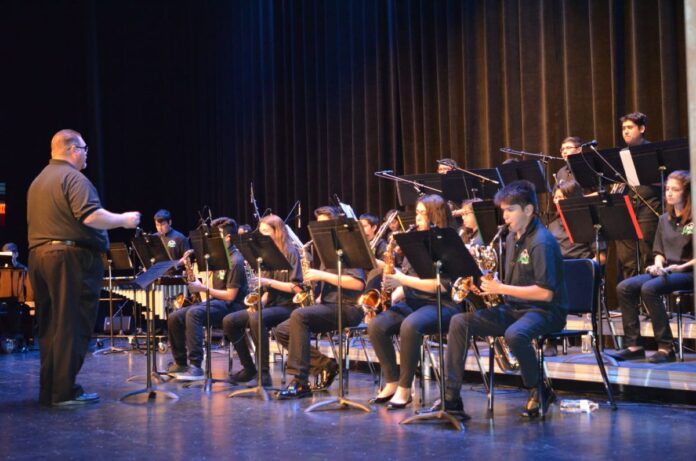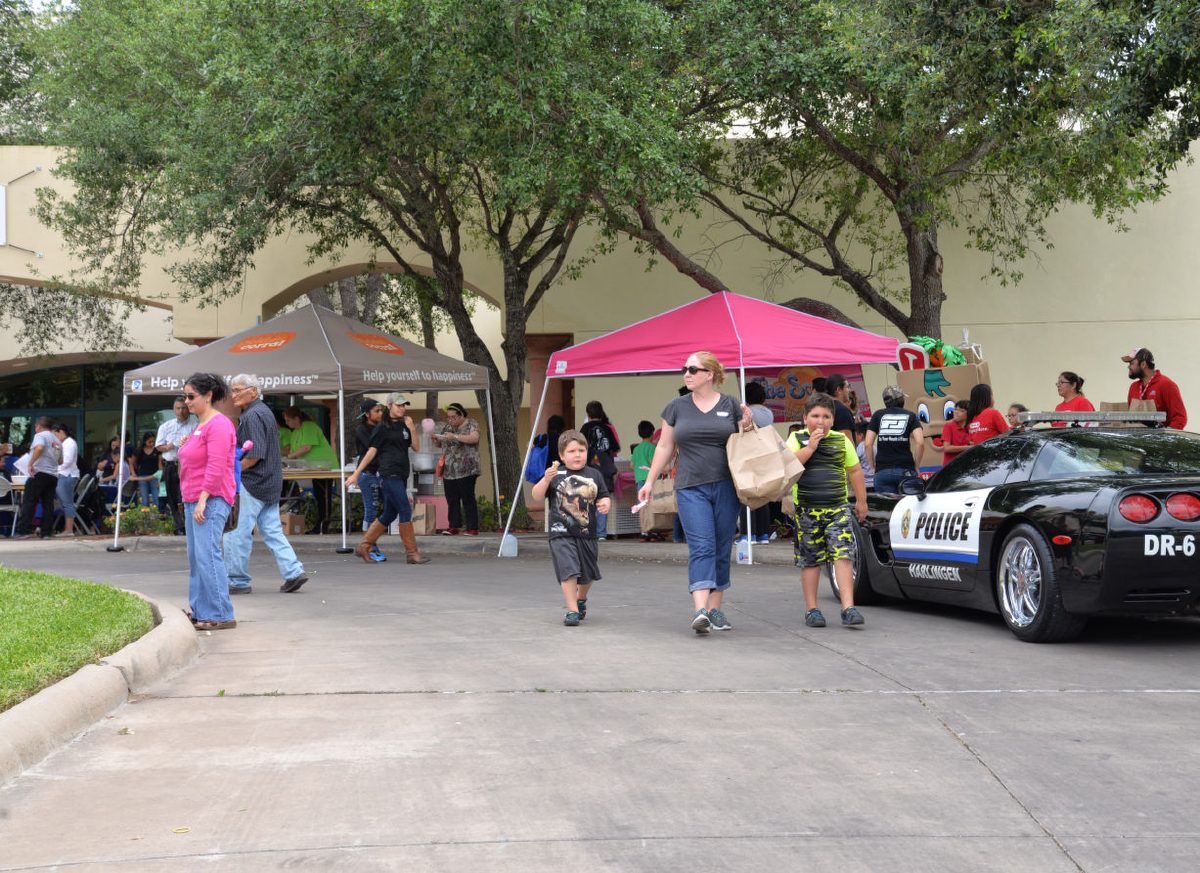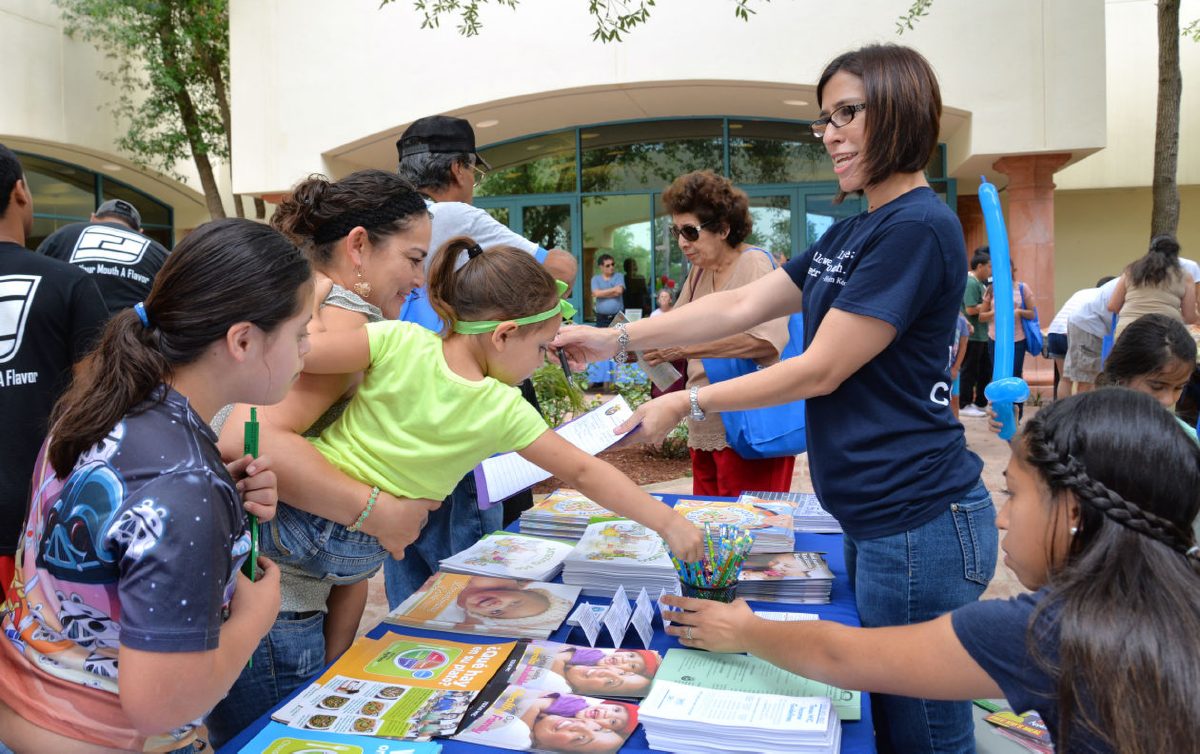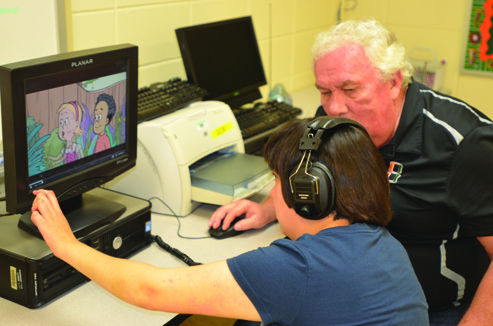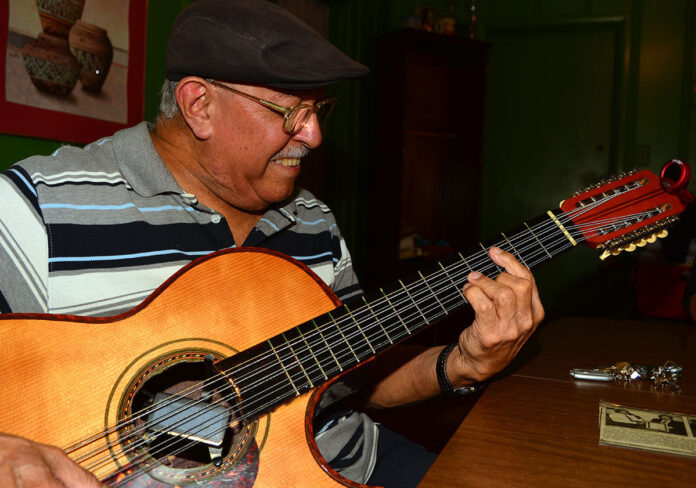HARLINGEN — Tomas Vasquez’s unusual life was shaped by darkness.
His protective mother kept him inside where she could watch him, instead of letting him play outside with the other kids.
“He was kind of pampered because he was legally blind,” says his son, Tommy. “So my Uncle Pancho, his Uncle Pancho, took him in and taught him everything he knew.
“It’s kind of like a Ray Charles-type thing.”
What his uncle taught him were the intricacies of the bajo sexto, the demanding 12-string guitar that forms much of the foundation of the conjunto sound of the Valley and northern Mexico.
So he learned to see with his hands.
“It’s difficult,” Tomas Sr. says, speaking of the wide fret board needed to accommodate 12 strings. “When you play the bajo, you have to really open up your hand — it hurts!”
Tomas’ blindness eventually was countered by a special prescription for very thick lenses, which he continues to wear today at age 78.
He lives in Harlingen, but he traveled the world on the back of his bajo sexto.
He is the last surviving member of the legendary conjunto band, Freddie Gomez and Los Dinamicos.
“I played with Freddie from the beginning, the 1960s all the way to ‘71,” Tomas says.
Those years were spent in constant touring and recording, from Texas to Puerto Rico, to California and Canada to meet the demands of their fans.
They clamored for their hits, including “El Soldado Raso,” or Private First Class, a lament of a soldier thinking of his wife and family as he prepared to go to war.
“We went all the way to British Columbia to play for the soldiers,” Tomas says.
The venue they played, he said, had posters of The Rolling Stones, the Beatles and the Supremes, all groups that had performed at the concert hall, just like Freddie and Los Dinamicos.
The touring road, as most professional musicians of the time know, was not an easy one.
“The only thing I didn’t like was in Phoenix, Arizona,” Tomas recalls. “We played in the Calderon Ballroom. It started at 8 o’clock and ended at 4 o’clock in the morning.”
His hands aching and disgusted by the marathon gig, Tomas says, “I didn’t even put my bajo in the case. I left it there.”
Despite the intense touring of Los Dinamicos, Tomas was intent on exploring the limits of the bajo sexto. He also was a fan of rock and roll, like the Doors, the Rolling Stones, Foreigner, Rush and Journey.
An innovator, he bought a rock and roll distortion pedal to see what sort of sound he could wring out of his bajo sexto.
Playing with Freddie Gomez was a test for his band mates who had no choice but to try to match his energetic stage presence. After all, the singer and guitar player was known as “El Ciclon del Valle,” the cyclone of the Valley.
“El Ciclon? He moved like a storm, a hurricane,” Tomas recalls. “Like right here in the Gulf of Mexico. We couldn’t believe it.”
So the band drove from the East to the West and back in a Ford wagon, instruments piled in the back, Tomas recalls.
“I was never home,” he says. “It was sad. My Mom died, and in 1967 when I was playing in Chicago … and all of a sudden somebody came and said, ‘Hey, Tomas. I have bad news for you. Do you wanna go where you live?’ ‘Why?’ ‘Your father died.’
“I finished the tour,” Tomas says.
He has again started playing his bajo sexto at occasional gigs, including with conjunto star Frutty Villarreal, who has said Freddie Gomez and Los Dinamicos were big influences on his music.
As Tomas gently fingers his bajo, the melodies of some of his old conjunto tunes float across the room. Then, with a crooked grin on his face, his fingers segue into something that seems familiar.
Boston. “More Than a Feeling.”



